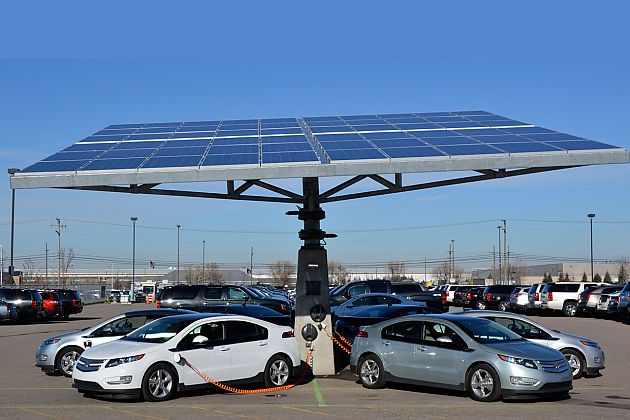Car charging Ensuring safety and reliability in home charging
In recent years, the sales of electric vehicles (EV) in the UK have been on the rise as more people look to adopt new technology and reduce their carbon footprint.
In fact, EV car charging is becoming a common part of electrical installations – a trend which shows no signs of slowing as the Government encourages more drivers to make the switch to electric vehicles.
Safe and reliable installations
One of the main attractions to EV charging points at home or work is the convenience this offers road users, enabling them to fully re-charge their car before setting out on a journey.
To achieve this convenience, different charging facilities can offer faster charging speeds, built-in safety features, and even back-up charging functions.
Many EV chargers also feature intelligent smart charging, enabling them to charge an EV at times of off-peak tariffs and even monitor the charge remotely, allowing users to check progress, adjust settings, or switch the charger on or off without being present.
But while the charging unit itself may have been designed with user safety and convenience in mind, it is important to consider how this additional electrical unit interacts with a property’s existing electrical infrastructure.
To ensure correct, safe and reliable installation, EV charging points must be installed by a professional who can ensure that the unit can be accommodated without overwhelming the main household supply.
A professional installer can also check that there are adequate safety cut-outs in the circuit.
Without such safety features, any significant electrical component which draws additional current has the potential to cause damage, disruption to electrical service, or even electrical fires.
Delivering greater levels of protection
To install an EV car charger, it is important to have the correct circuit protection in place.
Using a Type A RCD device can help towards meeting this new amendment (depending on the charger type) and for those who have Crabtree Starbreaker consumer units a Crabtree miniature RCBO with switched neutral could be used.
However, there are a variety of chargers, and selecting the right type of RCD is essential. Therefore it is important for the installer to refer to section 722 of the Wiring Regulations and the equipment manufacturer’s instructions when designing the installation.
The Crabtree miniature RCBO devices, for anyone unfamiliar, measure one single module wide, and are just 90mm in height. This gives installers around 30 per cent more wiring space to work with in the consumer unit, saving time on tricky installations.
These two pole switching devices totally isolate any faulty circuit or appliance and provide a much safer environment while waiting for the emergency electrician when necessary, and having the faulty circuit fully isolated by a two-pole device provides a safe working environment for those doing maintenance or repair.
Post time: Jun-30-2020

